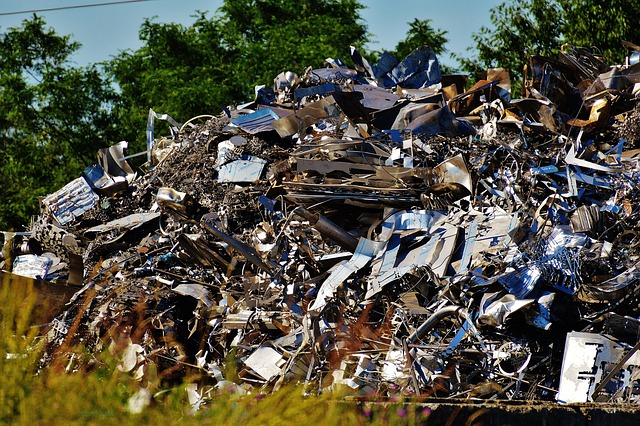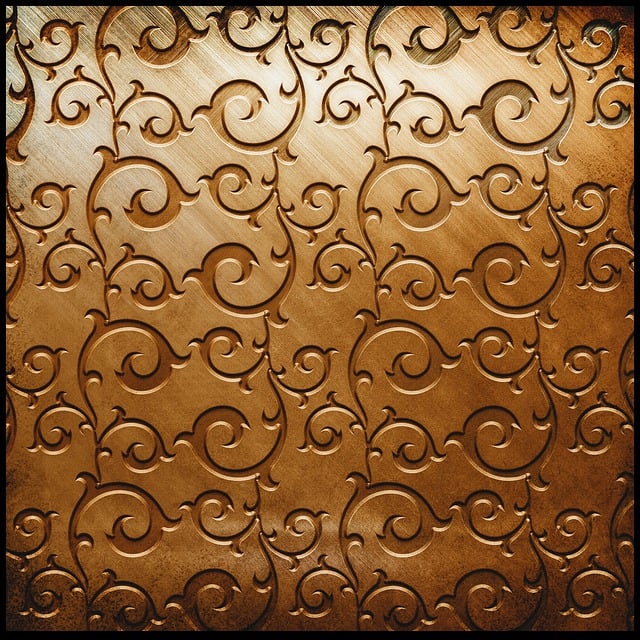3D metal printing has revolutionized the fabrication industry by enabling the production of complex, high-strength components with unparalleled precision and consistency. Innovations like laser melting and direct metal laser sintering have made it possible to create intricate shapes for sectors such as aerospace, automotive, and medical devices. The integration of machine learning algorithms and AI has further refined these techniques, optimizing build parameters and enhancing material properties while minimizing waste. This advancement has significantly reduced lead times, allowing for rapid prototyping, customization, and iterative design and testing, which has accelerated the time-to-market and empowered designers and engineers to innovate more swiftly. The use of AI in predictive maintenance and collaborative robots, along with advanced sensors and machine vision systems, ensures consistent quality and safety in production. These transformative changes have led to the creation of durable and functional structures like the Burj Khalifa, and high-performance components such as the F-35 Lightning II's fuselage, demonstrating the profound impact of metal fabrication advancements on engineering and architecture across various industries.
Exploring the cutting-edge advancements in professional-grade fabrication, this article delves into the transformative impact of metal fabrication techniques on the construction of functional structures. From the evolution of these methods to the technologies shaping today’s industry, we unravel the key factors propelling innovation. With a focus on real-world applications, case studies highlight how modern fabrication processes are redefining the possibilities in engineering robust and reliable structures across various sectors. Join us as we examine the intersection of metalworking artistry and technological prowess, showcasing how these developments are pivotal in building the infrastructure of tomorrow.
- The Evolution of Metal Fabrication Techniques in Constructing Functional Structures
- Key Factors Driving the Advancement of Professional-Grade Metal Fabrication
- Innovations and Technologies Shaping Modern Metal Fabrication Processes
- Case Studies: Real-World Applications of Advanced Metal Fabrication in Functional Structures
The Evolution of Metal Fabrication Techniques in Constructing Functional Structures

Metal fabrication techniques have undergone a significant transformation over the decades, evolving from rudimentary forging and welding processes to sophisticated methods utilizing advanced technologies. The advent of computer-aided design (CAD) and computer-aided manufacturing (CAM) has revolutionized the precision and efficiency of metalwork, allowing for intricate designs to be realized with greater speed and accuracy. These advancements have enabled fabricators to construct functional structures with complex geometries that were once thought impossible or impractical. The integration of automation and robotics in modern fabrication shops further enhances production capabilities, ensuring repeatability, consistency, and safety while producing large-scale components for critical infrastructure. As a result, the durability and versatility of metal structures have been significantly improved, making them indispensable in various sectors including construction, transportation, and energy. The ongoing innovation in metal fabrication continues to push the boundaries of what is achievable, ensuring that these structures meet the evolving demands of modern society.
Key Factors Driving the Advancement of Professional-Grade Metal Fabrication

3D printing technology, particularly in metal fabrication, has seen exponential growth due to advancements in laser melting and direct metal laser sintering processes. These techniques enable the creation of complex geometries and high-strength components with precision and repeatability, which are critical for industries such as aerospace, automotive, and medical devices. The integration of machine learning algorithms and artificial intelligence is further refining these processes, optimizing build parameters to enhance material properties and reduce waste. As a result, the efficiency and versatility of professional-grade metal fabrication continue to advance, pushing the boundaries of what is possible in functional structures.
The demand for lightweight, durable, and high-performance components in various sectors has fueled research and development efforts in metal 3D printing. Innovations such as the development of new alloys tailored for additive manufacturing and improvements in scanning strategies are set to revolutionize the industry. Additionally, the ability to reduce lead times from months to days through rapid prototyping and customization is a significant driver, allowing for iterative design and testing that was previously unattainable. This agility in production not only accelerates time-to-market but also empowers designers and engineers to innovate with greater confidence and speed.
Innovations and Technologies Shaping Modern Metal Fabrication Processes

3D metal printing, also known as additive manufacturing, has revolutionized the fabrication industry by enabling complex geometries and intricate designs that were previously unattainable through traditional methods. This technology allows for the precise layering of metal powders, resulting in high-strength components with minimal waste. Advancements in laser sintering and direct metal laser sintering (DMLS) have significantly reduced production times while enhancing material properties, making this process indispensable in industries ranging from aerospace to medical devices.
The integration of artificial intelligence (AI) into modern metal fabrication processes has led to more efficient and adaptive manufacturing systems. AI algorithms optimize the cutting paths during laser cutting, reducing material usage and improving precision. Additionally, predictive maintenance tools powered by AI help to anticipate equipment failures, thereby minimizing downtime and increasing production efficiency. The use of collaborative robots, or cobots, in conjunction with advanced sensors and machine vision systems further streamlines operations, ensuring consistent quality and safety across various applications in metal fabrication. These innovations collectively contribute to the evolution of metal fabrication, making it a critical component in the development of functional structures across multiple sectors.
Case Studies: Real-World Applications of Advanced Metal Fabrication in Functional Structures

In the realm of engineering and architecture, advanced metal fabrication techniques have revolutionized the construction of functional structures, pushing the boundaries of what’s possible with materials like steel and aluminum. A prime example is the development of high-rise buildings where structural integrity and durability are paramount. The Burj Khalifa in Dubai stands as a monument to these advancements; its skeleton, a marvel of engineered precision, showcases the potential of metal fabrication in creating structures that can withstand environmental stressors and bear immense loads. Similarly, in the transportation sector, the aerospace industry has leveraged cutting-edge fabrication methods to produce aircraft components that are both lightweight and exceptionally strong, enhancing performance and safety. The F-35 Lightning II’s fuselage, meticulously crafted through advanced metalworking processes, exemplifies this synergy between form and function, demonstrating the indispensable role of such fabrication techniques in shaping the future of functional structures. These real-world applications underscore the significance of precision, innovation, and material science in delivering structures that not only endure but also perform optimally under varying conditions.
In conclusion, the evolution and advancement of professional-grade fabrication have significantly transformed the landscape of functional structures. The integration of cutting-edge technologies and innovative techniques in metal fabrication has led to unprecedented precision, efficiency, and resilience in constructed entities across various sectors. Through examining key factors and real-world case studies, it’s evident that these developments are not just a testament to human ingenuity but also a response to the growing demands of modern infrastructure. As we continue to push the boundaries of what’s possible, the future of professional-grade fabrication holds promise for structures that are not only functional but also sustainable and adaptable to the challenges of tomorrow. The metal fabrication industry’s progress underscores its pivotal role in shaping the built environment and its commitment to excellence and durability in functional structures.
